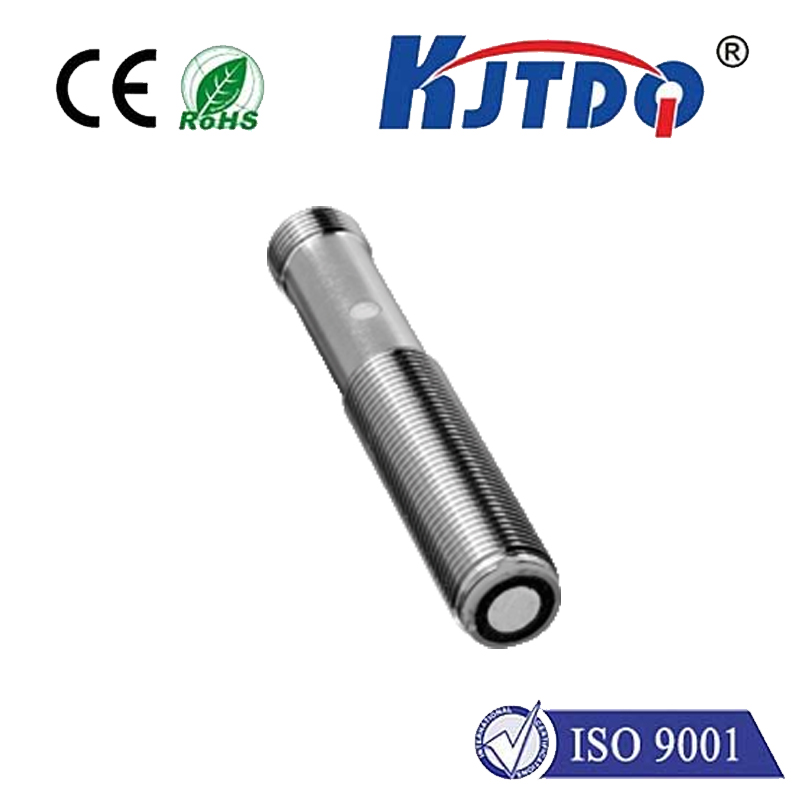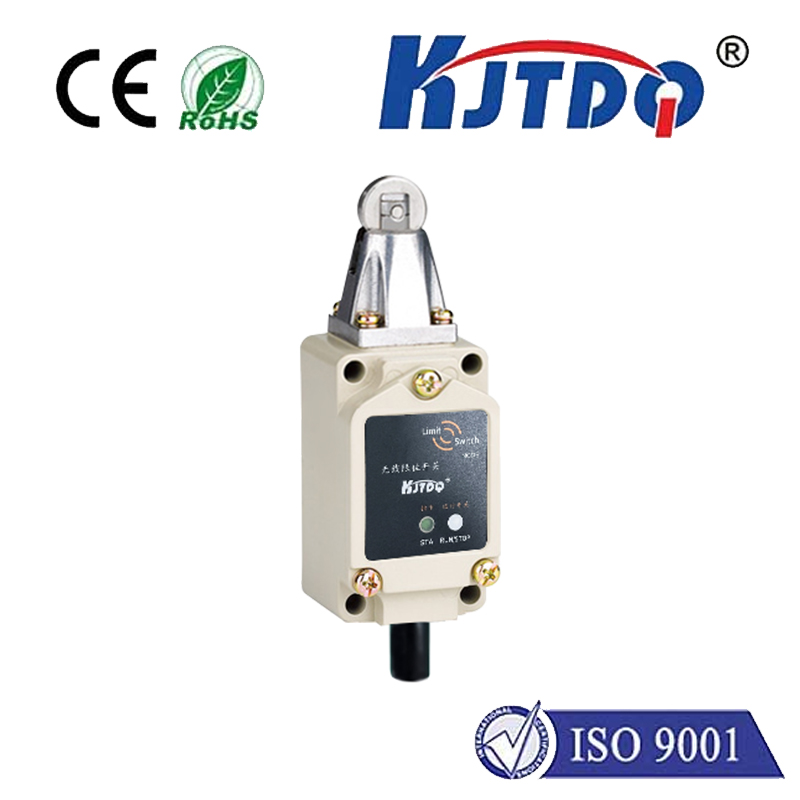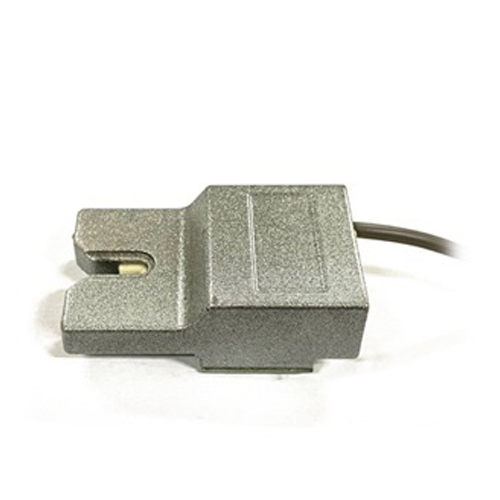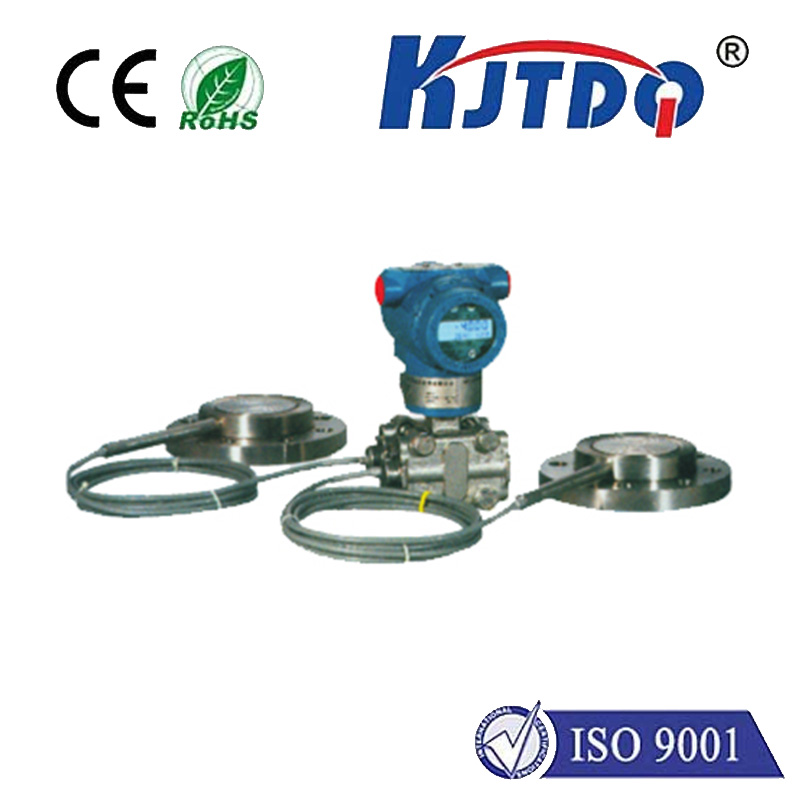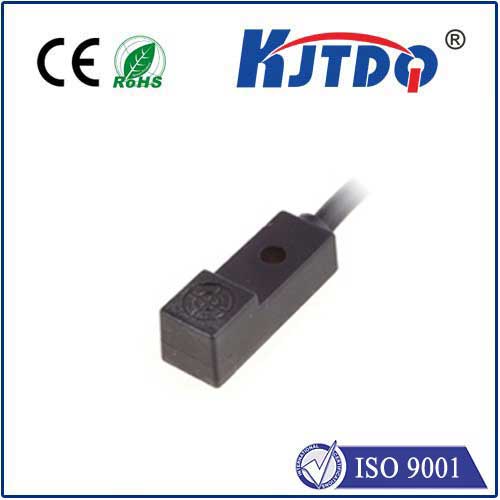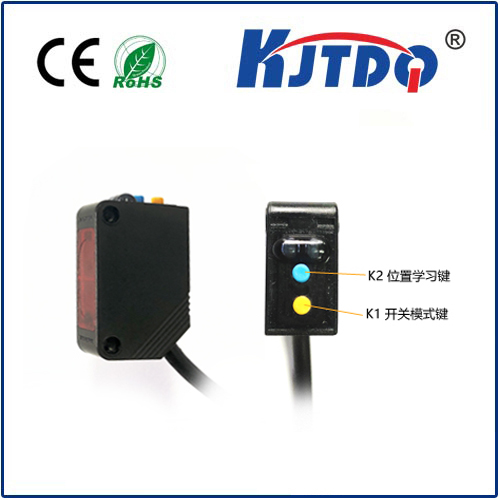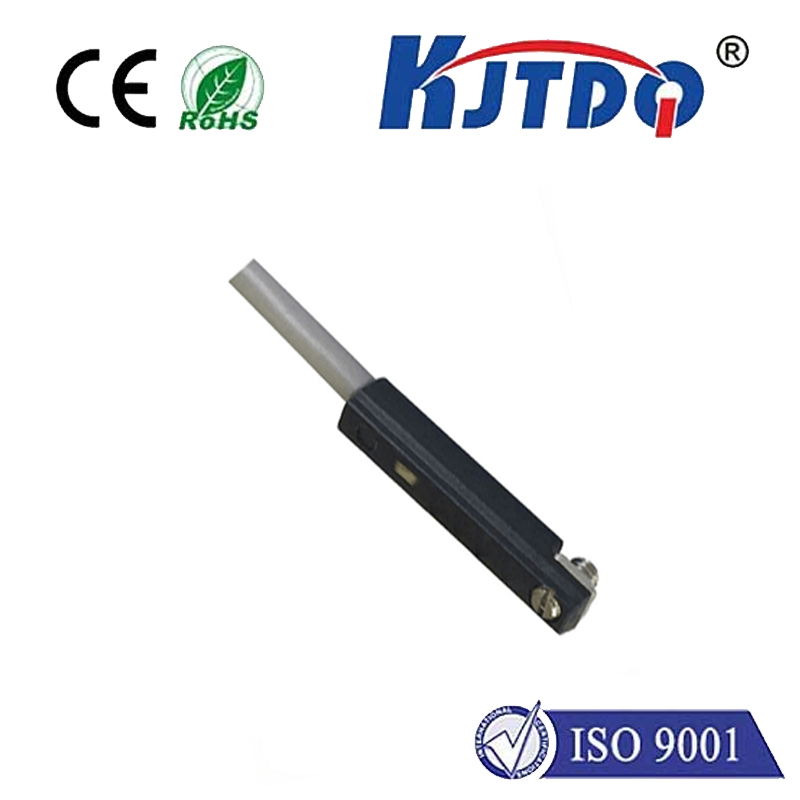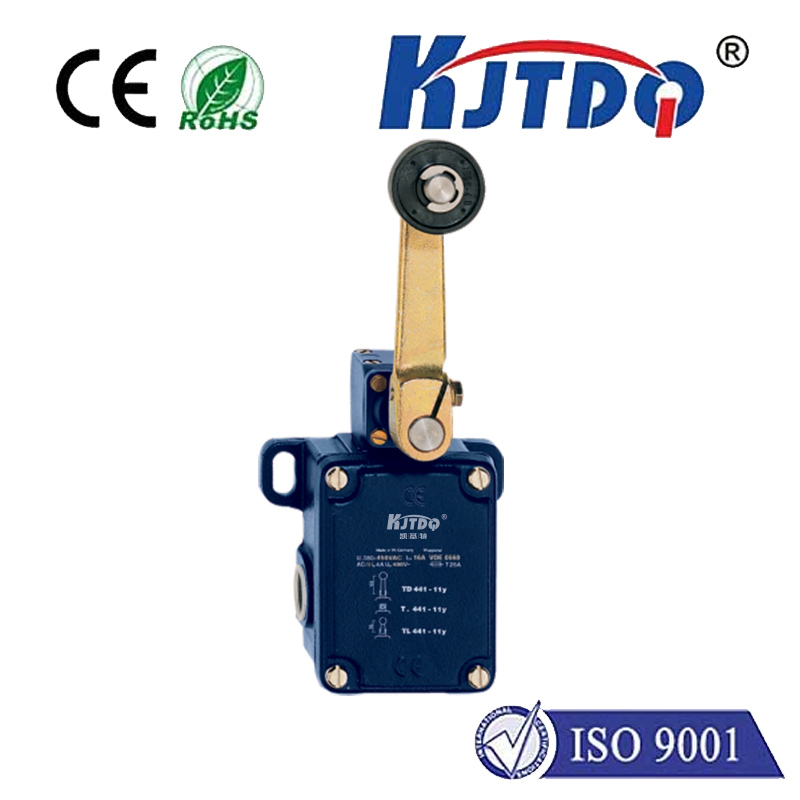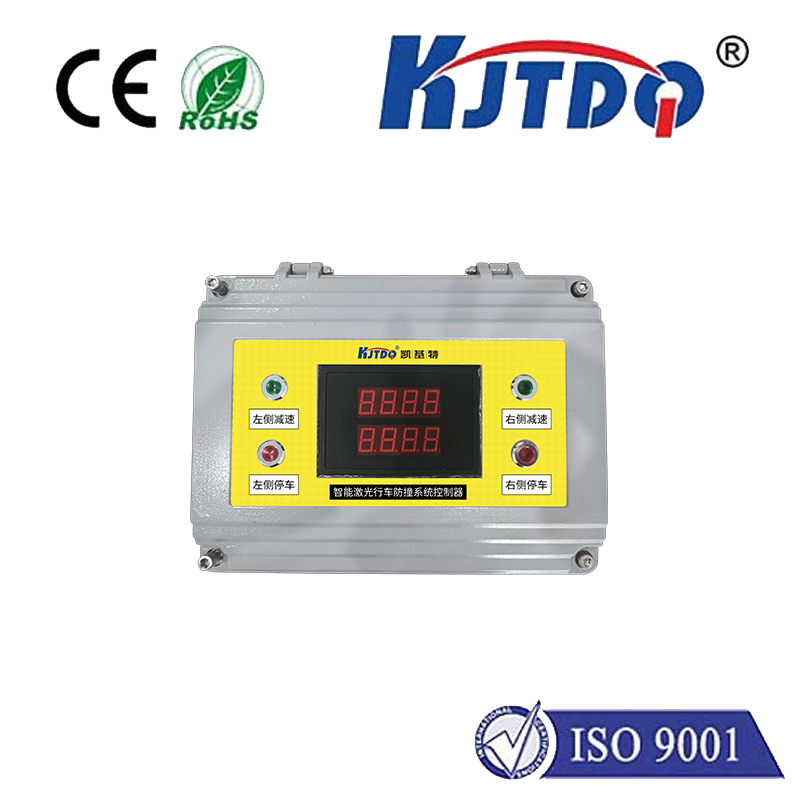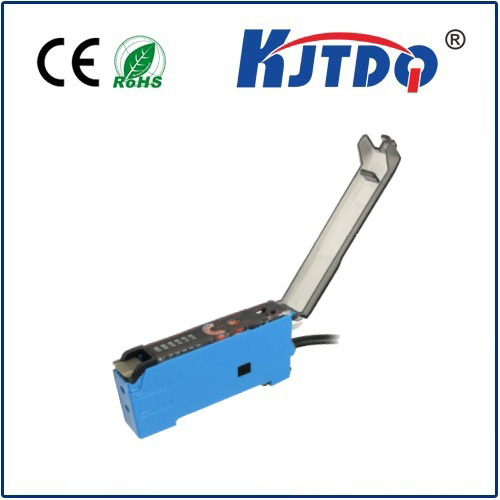

check

check

check

check
Think about the last time your phone screen dimmed when held to your ear, or an automatic faucet turned on as you reached under the spout. Chances are, a tiny, silent sentinel made it happen: the capacitive proximity sensor. Unlike their more common inductive cousins, capacitive sensors possess a unique superpower: they detect almost anything, not just metals. This versatility makes them indispensable across diverse industries, from high-precision manufacturing to everyday consumer electronics. Understanding how they work unlocks the potential for smarter, more adaptable automation solutions.
The Core Principle: Sensing Through Capacitance
At the heart of every capacitive proximity sensor lies the principle of capacitance – the ability of a system to store an electrical charge. The sensor essentially acts as one plate of a capacitor. The target object (conductive or non-conductive) and the surrounding environment form the other part of this equation.
The sensor generates an oscillator circuit fed into the sensing face (often called the active surface or electrode). When no target is present, the circuit oscillates at a baseline level. As a target object approaches the sensing face, it enters the sensor’s electrostatic field. Even non-conductive materials (like plastic, wood, glass, liquids, or even granular substances) alter this field by exhibiting a dielectric constant different from air. Conductive materials, naturally, cause an even more significant disturbance.
This intrusion changes the sensor’s inherent capacitance. As the capacitance increases with decreasing proximity, it draws more energy from the oscillator circuit. Once this energy drain reaches a pre-defined threshold, the sensor’s output state switches (e.g., from OFF to ON). Crucially, the detection distance is influenced by the target’s size, material properties (especially dielectric constant), and the grounding conditions.
What Sets Them Apart? Key Advantages
Capacitive proximity sensors offer distinct benefits that make them the preferred choice in numerous scenarios:

Non-Contact Detection: Like other proximity sensors, they operate without physical touch. This eliminates wear and tear on both the sensor and the target, ensuring longevity and reliability in harsh or high-cyclic environments.
Insensitivity to Surface Conditions: They work reliably regardless of the target’s surface color, texture (within practical limits), or transparency. Detection focuses on the material’s bulk properties.
Ability to Detect Through Barriers: A powerful, often underutilized, advantage. A capacitive sensor can often detect material levels through non-metallic container walls (like plastic or glass tanks), enabling non-invasive level monitoring. This “see-through” capability is invaluable for hygienic applications or sealed systems.
Robust Construction: Modern sensors are designed to withstand demanding industrial environments, offering resistance to dust, moisture (many are IP67 or IP69K rated), vibrations, and common chemicals.
Where Do They Shine? Industrial Applications
The unique capabilities of capacitive sensors make them critical components in countless applications:
Optimizing Performance: Sensitivity and Installation
Capacitive sensors typically feature an adjustable sensitivity potentiometer. This allows fine-tuning the detection range:
Consider these factors during installation:
Capacitive vs. Inductive: Choosing the Right Tool
While overlapping in some applications, the choice is often clear:
The Invisible Enabler
Capacitive proximity sensors are the quiet workhorses enabling automation where other sensors fall short. Their fundamental ability to interact with the intrinsic electrical properties of nearly any material makes them uniquely versatile. From ensuring your detergent bottle is filled correctly to guaranteeing a pharmaceutical vial is present for labeling, or letting your phone know it’s by your ear, they provide reliable, non-contact detection across a breathtakingly wide spectrum of materials and environments. Understanding their operating principle – the subtle shift in an electrostatic field – and their key advantages empowers engineers to design smarter, more flexible, and robust automated systems, making the seemingly impossible task of detecting the undetectable, possible. Their role as the unseen guardians of modern processes is undeniable.
